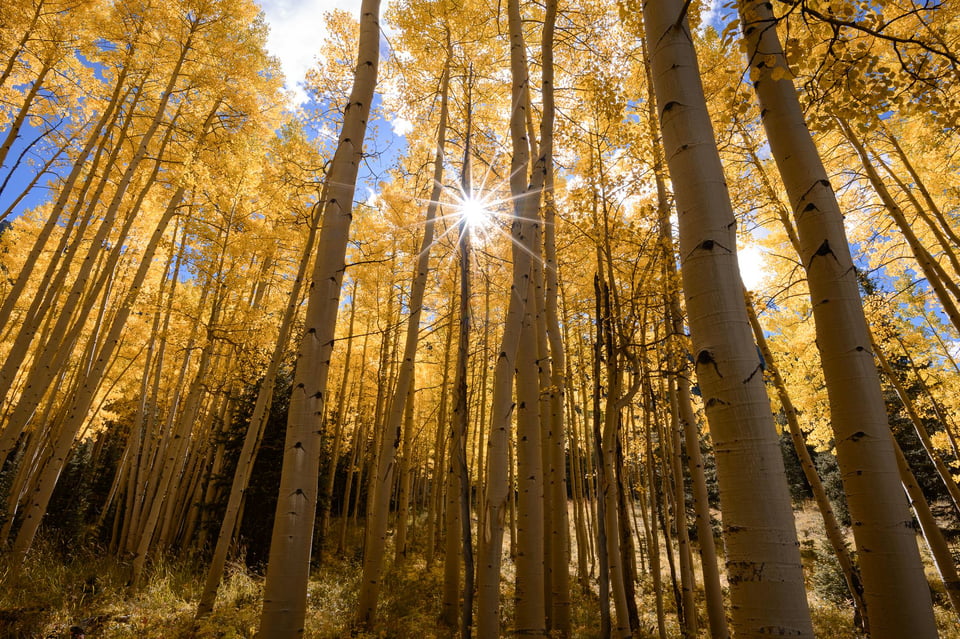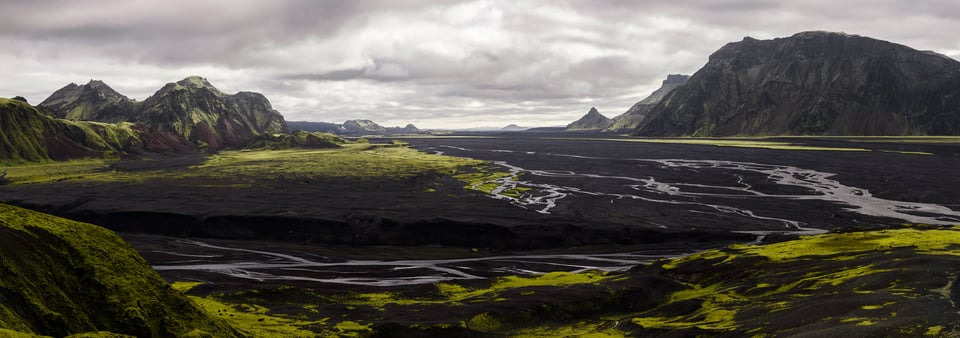لا تخلط بين الجهد والنتائج
Don’t Confuse Effort with Results
إنها واحدة من أكثر القصص المألوفة التي سمعتها: "لن تصدق مدى صعوبة التقاط هذه الصورة. لقد التقطتها أثناء أصعب رحلة في حياتي، لكنها كانت تستحق كل هذا الجهد بالتأكيد. ومن ثم فإن الصورة - رغم أنها نادرًا ما تفشل تمامًا - لا ترقى إلى مستوى أعمال المصور الأخرى. في بعض الأحيان، يبدو أن المصورين يخلطون بين الصورة التي كان من الصعب التقاطها وصورة ناجحة حقًا.
It’s one of the most familiar stories that I hear: “You wouldn’t believe how difficult it was to take this photo. I captured it on the hardest hike of my life, but it was absolutely worth the effort.” And then the photo – though rarely a complete failure – just isn’t up to the standard of the photographer’s other work. Sometimes, it seems, photographers confuse a photo that was difficult to capture with one that truly succeeds.
Don’t Confuse Effort with Results
إنها واحدة من أكثر القصص المألوفة التي سمعتها: "لن تصدق مدى صعوبة التقاط هذه الصورة. لقد التقطتها أثناء أصعب رحلة في حياتي، لكنها كانت تستحق كل هذا الجهد بالتأكيد. ومن ثم فإن الصورة - رغم أنها نادرًا ما تفشل تمامًا - لا ترقى إلى مستوى أعمال المصور الأخرى. في بعض الأحيان، يبدو أن المصورين يخلطون بين الصورة التي كان من الصعب التقاطها وصورة ناجحة حقًا.
It’s one of the most familiar stories that I hear: “You wouldn’t believe how difficult it was to take this photo. I captured it on the hardest hike of my life, but it was absolutely worth the effort.” And then the photo – though rarely a complete failure – just isn’t up to the standard of the photographer’s other work. Sometimes, it seems, photographers confuse a photo that was difficult to capture with one that truly succeeds.







تعليق